新人教版高中英语必修3Unit 2 Morals and virtues教学设计一
-
- 页数:7页
- 字数:约 12791 字
- 大小:102.21KB
- 格式:.docx
- 版本:Office2016及以上版本
- 作者:Vincent演示
Unit 2 Morals and virtues教学设计
Period 1 Listening and speaking
本单元的Listening and Speaking板块与后续的 Reading andtalking灰块关系密切,听力内容为后面的阅读内容提供了话题和背景的铺垫。这一板块以“谈论道德困境”(Talkabout moral dilemmas)切入单元主题,介绍了什么是道德困境,探讨了处于道德困境中的人所面临的不同选择和结果,以及选择背后所隐含的道德观和处事原则。探讨这些问题,主要是为了让学生了解和感受道德困境在日常社会生活中的普遍性和复杂性,能够结合自身的体验和生活经验反思与道德困境相关的实际问题,提升辩证思维能力,使其能够更加全面客观地观察和看待社会现象,以理性的态度认识世界。
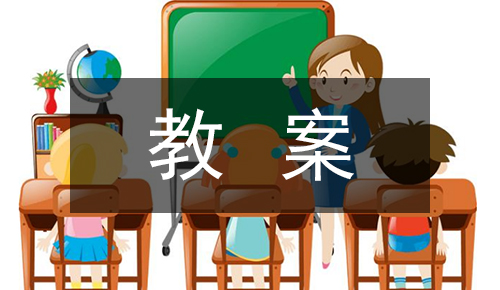
1. Let students learnto observe pictures and describe the moral dilemmas faced by the people in the pictures;
2. Let students correctlyunderstand the definition of "moral dilemma" through listening activities,and realize that moral dilemma exists in everyones real life;
3. Improve studentsskills of "seeing" and "speaking" through listening training,so that students can understand the general idea of listening materials, understandthe attitudes and emotions of the characters in the dialogue, and sort out the acquiredcontent information; guide students to tell stories about good deeds they have experiencedor heard about.
Importance:
1. Help students understandthe definition of "moral dilemma";
2. Guide students tojudge the attitude and mood of the speaker by paying attention to the content, toneand intonation of the speaker.
3. Encourage studentsto express their views and opinions on specific moral dilemmas. Guide students totell stories about good deeds they have experienced or heard about. Guide studentsto tell stories about good deeds they have experienced or heard about.
Difficulties:
1. Ask students tounderstand the general idea of the listening materials and understand the attitudesand emotions of the characters in the dialogue.
2. Let students expresstheir views and opinions on specific moral dilemmas.
3.Guide students totell stories about good deeds they have experienced or heard about.
1. Before class, studentsobserve the pictures in the textbook, discuss with each other the scenes shown inthe pictures, speculate on the psychology of the characters, and describe the psychologicalactivities of the boys;
2. Ask students todiscuss the situation in the picture, imagine the possible results of helping theelderly, and let students express their own opinions and reasons;
3. Correctly understandthe definition of "moral dilemma" in combination with the exercises inthe guidance plan.
Step 1 Lead-in
1. Students observe thetopic picture. The teacher first guides the students to talk about and describethe topic map, and then combines the problems in the Look and discuss to inspirethe students to think about the following questions:
①What do you think the teenagers are doing?
②Can you list some virtues that are admired in every culture?
2. Then teacher asks again:“What qualities and personalities do you think are the mostimportant when people are doing teamwork? ”and Get the students to brainstorma list of nouns and adjectives related to quality, such as: generosity,friendship,hope,giving,kindness,caring,thankfulness,helpfulness,trust, responsibility, etc.
3. Appreciate famous quotes.The students read the quotation on the opening page. The teacher asks:
①How do you understand the quote?
②Can you translate it into Chinese?
Answer: 一个好人一生最好的部分,是他细小的、无名的、不被人记得的出于善良和爱的行为。
4. The teacher adds somefamous sayings about should or should. Let the students say what they mean and expresstheir understanding.
*The best way to find yourself is to lose yourselfin the service of others. ——Mahatma Gandhi
*The superior man thinks always of virtue;the common man thinks of comfort. ——Confucius
*Virtue, perhaps,is nothing more than politenessof soul. ——Honore de Balzac
Answers:
发现自己最好的方法就是为他人服务。——圣雄甘地
高尚的人总是想到美德;普通人考虑的是舒适。——孔子
美德也许只不过是心灵上的礼貌。——巴尔扎克
Step 2 Watching and talking
Activity 1
1. Students read the definitionof "moral dilemma" in the picture and observe the picture. On the basisof understanding, the scene shown in the picture is described, the psychology ofthe characters is speculated, and the inner activities of the boy are described.The teacher provides some questions for students to discuss:
①What is happening in the picture? Can you use one or two sentences to describethe situation(Who? When? Where? What?)
②What are the two possible choices that the boy could make?
③Could he do both? Why?
④What will happen if he helps the old woman? What may happen if he doesnthelp the old woman?
⑤If you were the boy, what should you do and what would you do?
Finally, teacher asksa question to guide students to understand the meaning of the virtue dilemma.
If everyone is worriedabout the price of helping others, what will happen?
2. Teacher asks severalstudents to describe the picture and get them to discuss the second question. Guidestudents to understand the virtue dilemma in a positive way.
Step 3 Listening
Activity 2
1. Students browsethe form in activity 2, predict the listening content, and fill in the answers accordingto the guesses.
2. Check the answerswith class: a famous medical university; finish the exam; stop and help the girl;She will get into medical university, the girl might not get the help she needs;She can put the needs of the other person first, give up her chance to get intothe medical university
Activity 3
1.Read the tasks inactivity 3 and understand the sentences. The teacher instructs the students to readthe listening strategies carefully, and then asks the students to predict or imaginethe possible expression patterns, rhythm, tone and intonation of the relevant peoplebased on the content of the five sentences listed and the attitudes of the people.Ask the students to imagine the following questions and let them act out a reasonableresponse.
●Imagine you are eagerto share a piece of news or an interesting story with your friend. What would youdo or what would you say?
●If you are doubtfulabout your friend’s words, what expressions would you use?
●How would you expressyour admiration for someone?
●What would you sayif you don’t believe something is true?
●What would you saywhen you are curious about the development of a story?
2.Students listen tothe tape again and pay attention to the attitudes expressed by the two characters.Complete the Activity 3.
3.The teacher playsfor the third time, remind the students to record the expressions and key wordsof the two characters and mark the relevant pronunciation and intonation, to finda reasonable reason and basis for their own judgment.
4.Then the studentscheck the answers. When the students provide the answers, they must state the reasonsfor their judgment.(Answers: 1.T 2.T 3.T 4.T 5.F)
Activity 4
1.Look at the questionsin activity 4 to learn the key information you need to hear. Then listen to thetape with the questions for the fourth time and record the key words as you listen.When the teacher and students check the answers, the teacher can remind the studentsto connect the key words they recorded into sentences, and then answer the questionsin complete sentences fluently.
Suggested Answers:
①She carried the student to a safe place and looked after her. Then she wentto the hospital with the student and called her sister.
②Her name was Lin Qiaozhi. She later became a great doctor. She was famousfor caring for tens of thousands of women and their babies.
③Her life was full of hard choices but she didn’t let them stop her from takingcare of people who were in need. She always cared for others more than for herself.
2.Lets listen to thetape and read after the speaker.
Step 4 Speaking
Activity 5
1.The teacher organizes students to make up small dialogues in pairs. Teacher can ask a few studentsto have an impromptu conversation with themselves first, for the class to demonstrate.E.g.
T: If you were faced with a similar situation,what would you do?
S: I think I would choose to help the studentbecause life matters most.
T: So you would do as Lin Qiaozhi did. Thatsreally admirable.
Teachers can also putforward some extended questions to give students the space to think, express andplay. Such as:
●Apart from helpingthe student and finishing the exam, is there a third choice? Can you think of betterways to handle the dilemma?
●Are you sure you knowhow to help the student who fainted?o What kind of help could you offer?
●Do you think it wouldbe better for a professional doctor to care for the patient?
●What do you thinkof the people who stand by when such accidents happen? Do you think they are indifferentor not kind to others?
2.Students discussin groups and then present the dialogue to the class. For students to make the choice,the teacher should give the evaluation in time, guide the students to maintain apositive, optimistic, friendly, mutual attitude towards life. Teachers can alsoadd some expressions for students reference:
●In my opinion/view…
● Generally speaking,…
●Personally, I donthave the faintest idea about…
●To my mind…
●Id just like to say…
●As far as Im concerned…
●To be honest/frank…
● If you ask me…
Step 5 Expansion and practice
1. Read and complete thepassage with correct words.
Jane is sharing an article about moral dilemmaswith her friend Luke. This article mentions a girl t_____ the entrance exam fora famous medical university in Beijing. During the exam, the student next to her_____.The girl stopped to help the student, t_____ that it was better to p____ the needsof the other person f_____. Although the girl l_____ the exam that day, she becamea great doctor. Her name was Lin Qiaozhi, who was famous for c_____for tens of thousandsof women and their babies in China.
2.Check the answerswith class. (Answers: taking, fainted, thinking,put,first,left, caring)
Step 6 Pronunciation
1. The teacher playsthe tape. The students match the three dialogues in activity 1 with the three functionsof rising key listed in the box on the right according to the sentence meaning andcontext. Teachers and students check the answers.
2. The teacher organizesgroup discussions and asks the students to fill in the dialogue according to theirimagination. After the discussion, the teacher asked different groups to act outthe dialogues.
3.Mark,listen and read.
(1) Students read thedialogue in activity 2 in pairs and mark the place where the rising key should beused.
(2) Students discusswith their partners, check each others marks, and try to read the dialogue aloud.
(3) The teacher playsthe recording of activity 2, and the students check whether the rising key theymarked is correct. Teachers and students check the answers and ask several studentsto explain the meaning of each rising tone.
(4) The teacher playsthe tape again. The students listen to the tape and follow the conversation.
(5) Students practicedialogue with their partners to further feel the meaning and function expressedby each rising tone.
Step 7 Listening andtalking
Activity 1 Listening understanding
(1) Students can browsethe three questions in activity 1 to understand what they need to hear. Play thetape and students complete activity 1.
(2) Students read theshort passage in activity 2, get the gist of the story and try to pre-fill in theinformation.
(3)Listen and fillin the blanks. T: lets listen to the tape again. Teachers and students check theanswers.
(4) Listen to the passageand find out the words (such as cohesion) or sentence patterns that can be usedto tell the story.
Activity 2 Oral expression
您可能喜欢的文档
查看更多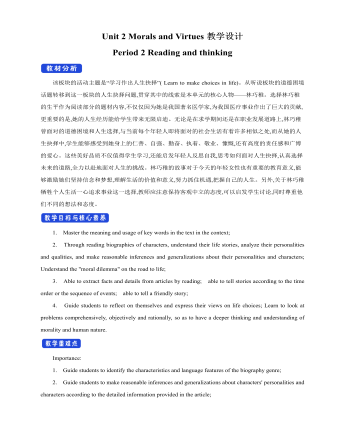
新人教版高中英语必修3Unit 2 Morals and Virtues教学设计二
- 页数:6页
- |大小:282.56KB
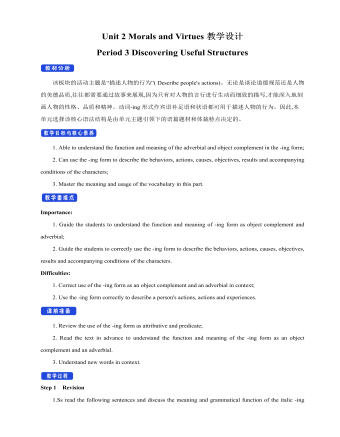
新人教版高中英语必修3Unit 2 Morals and Virtues教学设计三
- 页数:6页
- |大小:82.24KB
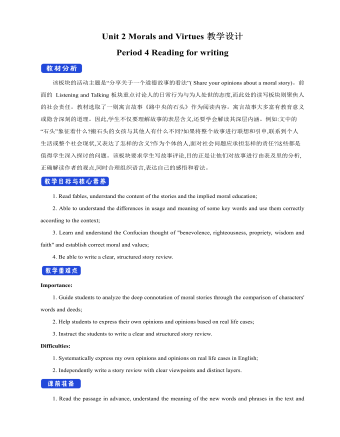
新人教版高中英语必修3Unit 2 Morals and Virtues教学设计四
- 页数:5页
- |大小:688.22KB
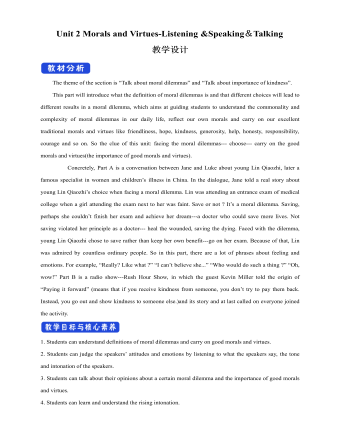
新人教版高中英语必修3Unit 2 Morals and Virtues-Listening &Speaking&Talking教学设计
- 页数:7页
- |大小:309.97KB
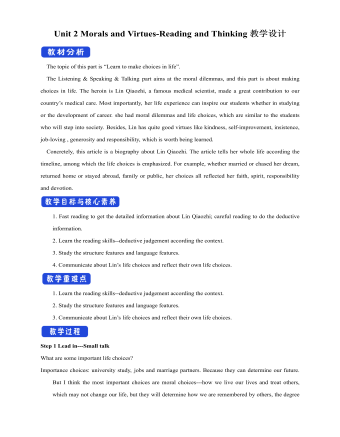
新人教版高中英语必修3Unit 2 Morals and Virtues-Reading and Thinking教学设计
- 页数:5页
- |大小:162.37KB
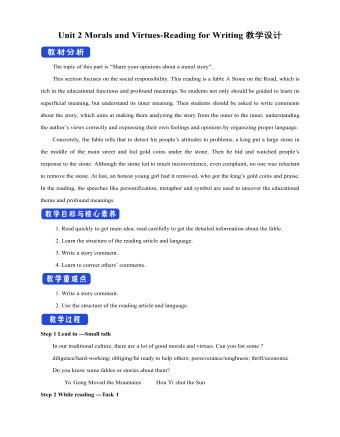
新人教版高中英语必修3Unit 2 Morals and Virtues-Reading for Writing教学设计
- 页数:4页
- |大小:73.70KB
热门课件教案
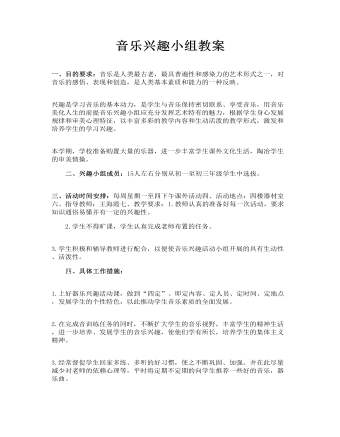
音乐兴趣小组教案
- 页数:5页
- |大小:89.58KB
- 课件教案
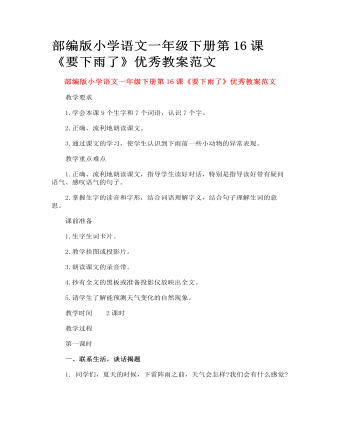
部编版小学语文一年级下册第16课《要下雨了》优秀教案范文
- 页数:4页
- |大小:19.94KB
- 课件教案
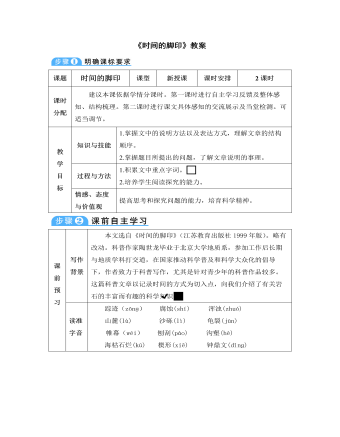
部编版语文八年级下册《时间的脚印》教案
- 页数:4页
- |大小:511.50KB
- 课件教案
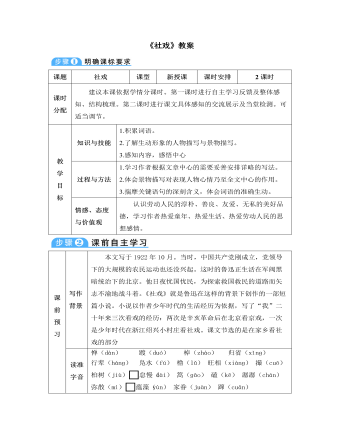
部编版语文八年级下册《社戏》教案
- 页数:8页
- |大小:340.00KB
- 课件教案

精选高中生期末评语
- 页数:42页
- |大小:7M
- 课件教案
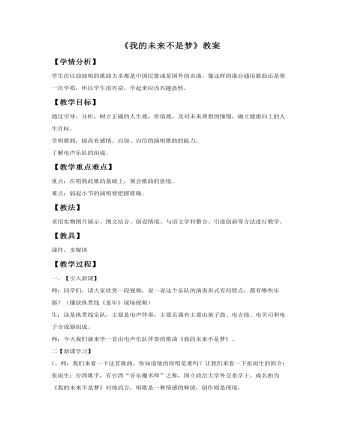
《我的未来不是梦》教案
- 页数:3页
- |大小:30.50KB
- 课件教案
今日更新

精选高中生期末评语
- 页数:42页
- |大小:7M
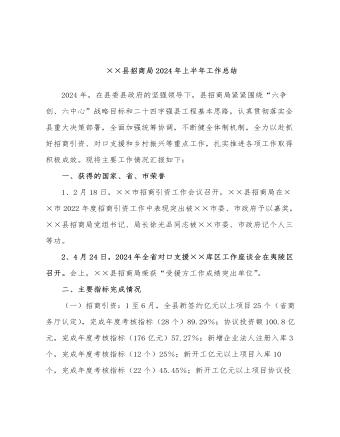
××县招商局2024年上半年工作总结
- 页数:12页
- |大小:142.54KB
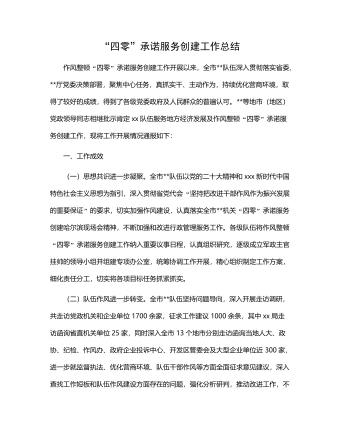
“四零”承诺服务创建工作总结
- 页数:5页
- |大小:39.83KB
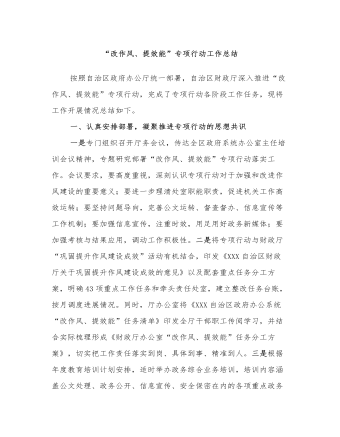
“改作风、提效能”专项行动工作总结
- 页数:6页
- |大小:139.05KB
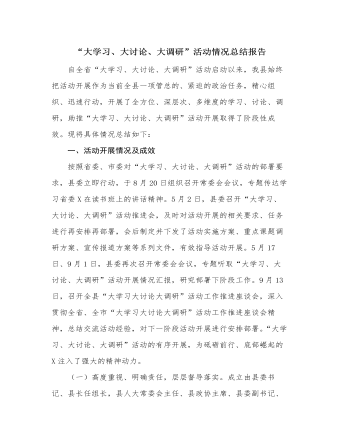
“大学习、大讨论、大调研”活动情况总结报告
- 页数:7页
- |大小:26.12KB
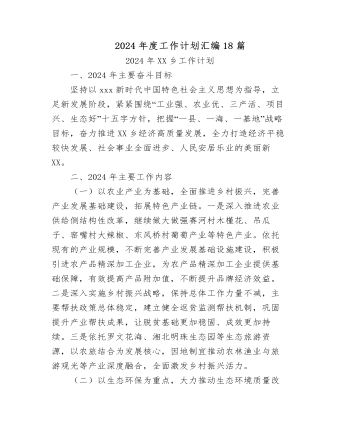
2024年度工作计划汇编(18篇)
- 页数:72页
- |大小:196.93KB






